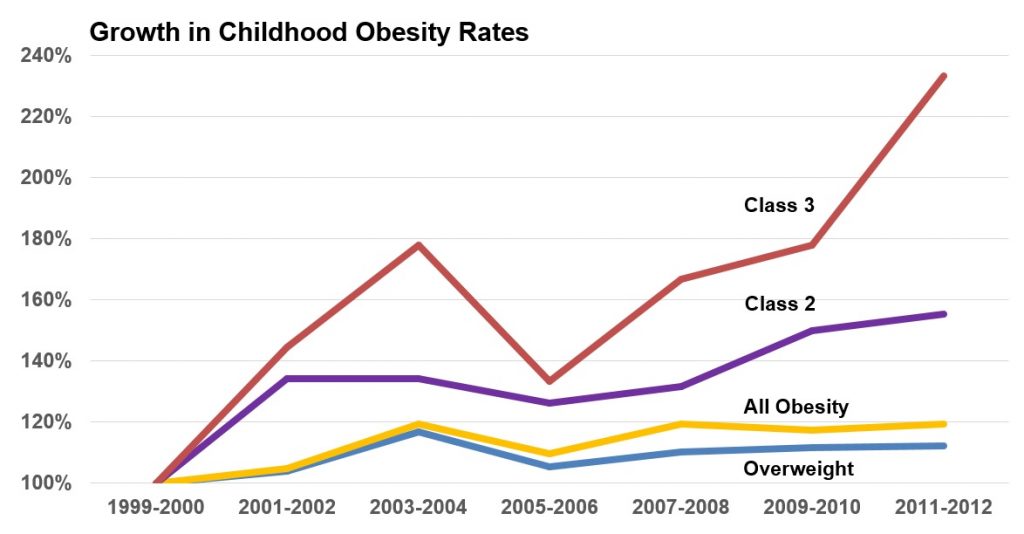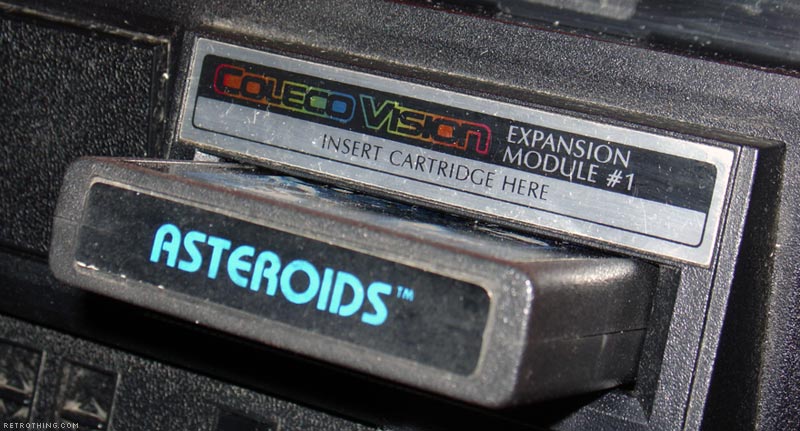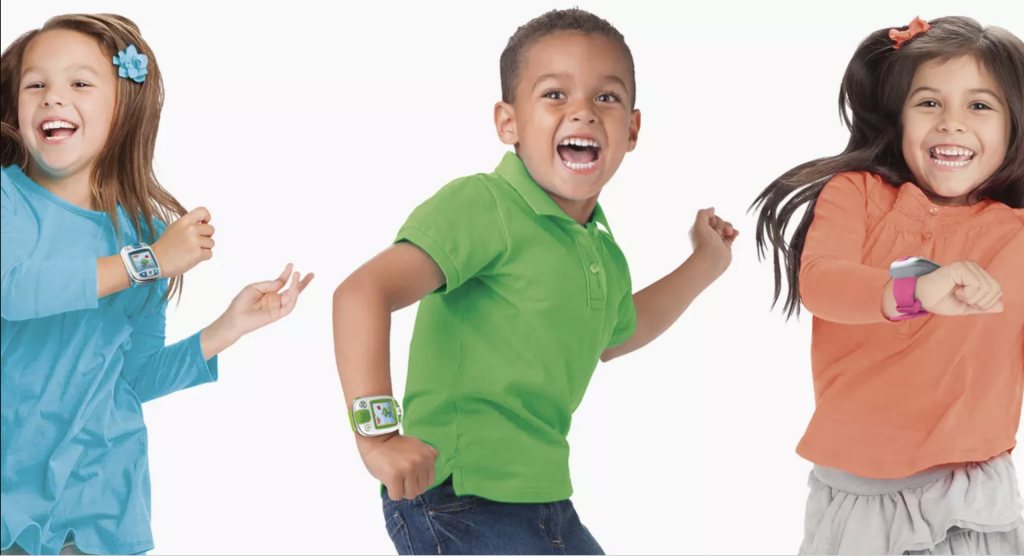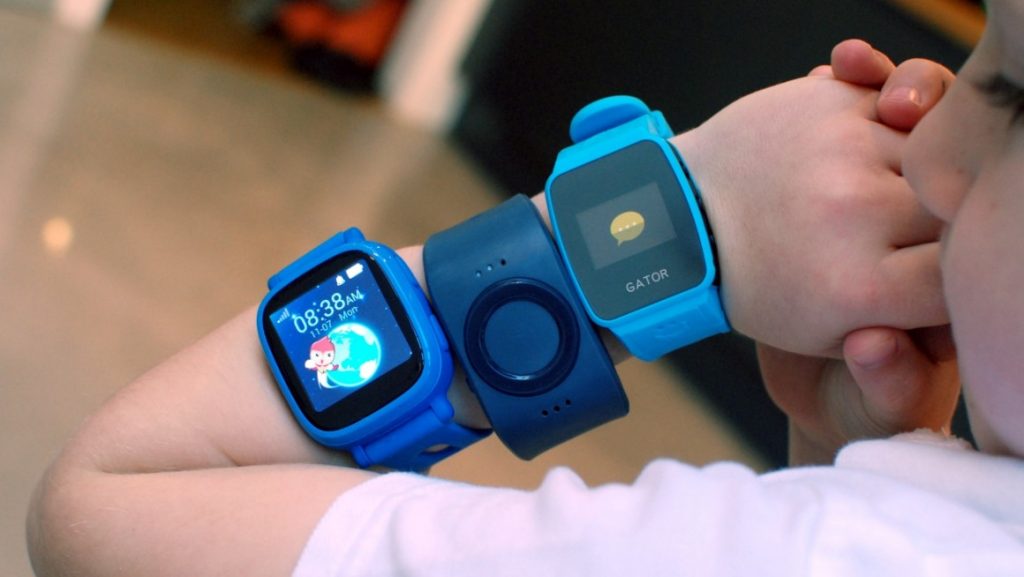Gifting Fitness Wearables to Kids
Tech June 5, 2025 Damon Mitchell
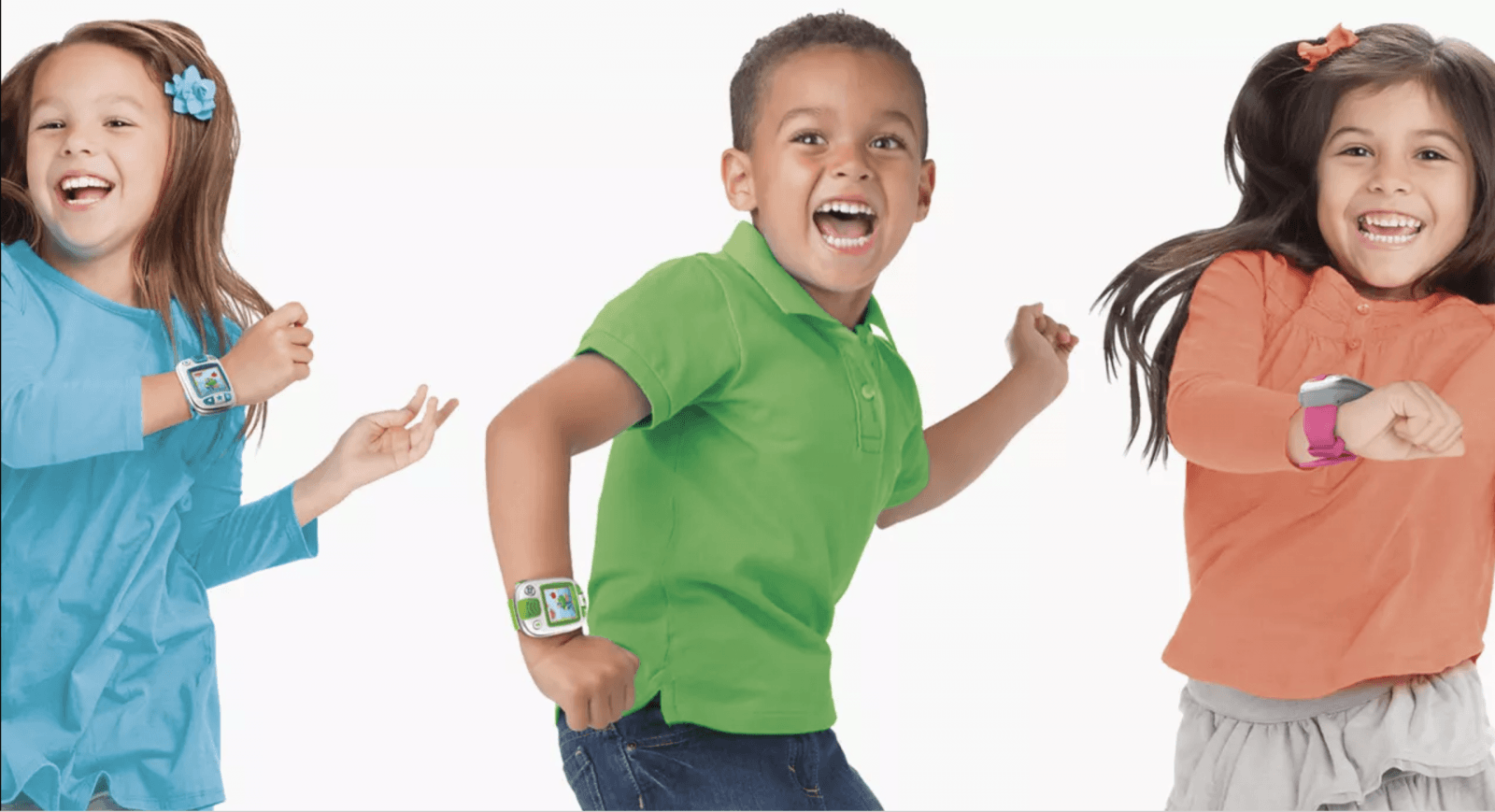
Child obesity rates are as high as they have ever been—about one in five children is obese according to the CDC—with no sign of that number going down soon. The data gets worse as the children approach childhood, worse in some demographic populations.
Childhood obesity is alarming, not from a perspective of vanity, but health. As these kids age, they are at risk for all the same problems as adults, but at a younger age: type 2 diabetes, cardiovascular diseases, high blood pressure, and other internal organ disorders.
Adding to the mess, parents are up against an uphill battle with their own limited knowledge of nutrition, family eating habits, and worse, what those kids get into as soon as they walk out the front door.
What parent has time to worry about the kids smoking dope when they’re eating themselves to death?
For most of these kids, they’ll make it through their childhood, but their adult lives will be tough. Worst case scenario, the strain on their body may shorten their lives. Those lives, whenever they end, will be difficult in too many ways to cover in this blog.
Knowing this, parents want to do anything to help. Is biohacking the human experience a good path? What are the risks?
I’ll cover a few of the concerns parents have and discuss potential solutions for someone who might be considering a wearable for a child.
Ostracizing
At school and on the playground, other kids may make fun of a kid wearing a device on his arm or otherwise.
This may be true, device depending, but if the child is obese, chances are good that the ostracizing has already begun.
Solve for this by selecting the right wearable for your child, either one that is age appropriate and “cool,” or one that they can wear discreetly.
Cost
With kids and technology, comes cost, one that the parents of the 1980s could never have imagined. Back then, it was whether to buy an Atari or a ColecoVision?
Those devices didn’t leave the house. Like smartphones, wearables walk out the door. They get lost. They get damaged. You never see them again.
Acceptance of this probability is valuable, but arguably worth it when compared to buying back that child’s life of disorder fighting obesity.
Go with a low-cost wearable. Come up with a plan for when and where is an acceptable time to take it off.
Many wearables, especially those for kids, are now waterproof. They come with tracking technology to help you find your kid, something you can use to find the wearable itself if lost.
Adherence
Can you get your child to wear it? This will be kid-by-kid, family-by-family, but it will also depend on purchasing the right wearable.
Slapping a child-sized adult wearable on a kid will be the fastest way to get that kid to ignore (if not hate) the new accessory. Consider the possibilities. Talk to your child about them.
The wearable that elicits the most interest is the ideal one, but get a few options so you can choose based on adult values too (like your budget or the features of the device, GPS, waterproofness).
Paradigm
The tendency with body fat is to confuse the issue with vanity. It’s important for kids to separate the two easy and often, but that starts with parents.
If you use words like “fat” to describe your kid or other people, versus talking about body fat and the risks of higher percentages, this will be tough.
Your kid is getting enough of being called fat outside your home. Make calling someone fat like using foul language.
Fat is a body part, not an adjective. Talk more about health, healthy lifestyles, and better lifestyle choices, not fattening food, and getting fat.
Ignorance
Probably the biggest obstacle facing parents today is the limitations of their own technological expertise.
They can barely navigate the operating system of their smartphone, let alone guide their child on how to use a fitness tracker.
The good news is, the kids know, even if they’ve never seen one before. If they have an interest, kids will master most consumer technology faster than their parents.
Options
There is no “best wearable for kids.” The Vivofit Jr. 2, a child-sized version of an adult band with kid-friendly features, is a popular pick because Vivofit has skinned the device for children, but it has no GPS and may be too flashy for your kid.
For younger kids, the colorful and interactive LeapFrog LeapBand band may be more to their liking, but again, no GPS.
The Omate Wherecom K3 offers a huge display and GPS, in a kid-friendly design.
There are too many options to go into in one section of a blog let alone a whole blog. The point is to consider all the options. Consult with said kid then decide.
No matter how you land on this, the more involved the child is from the beginning, the better. It’s probably not wise to buy a fitness wearable for a child who is not under your direct guardianship, not without talking to the actual guardian of that child.
In the long run, technology will be a greater part of any child’s life than today’s adults can imagine.
Imagine how parents of the ‘80s would react knowing that kids today can carry Atari and ColecoVision games on their pocket computer.
